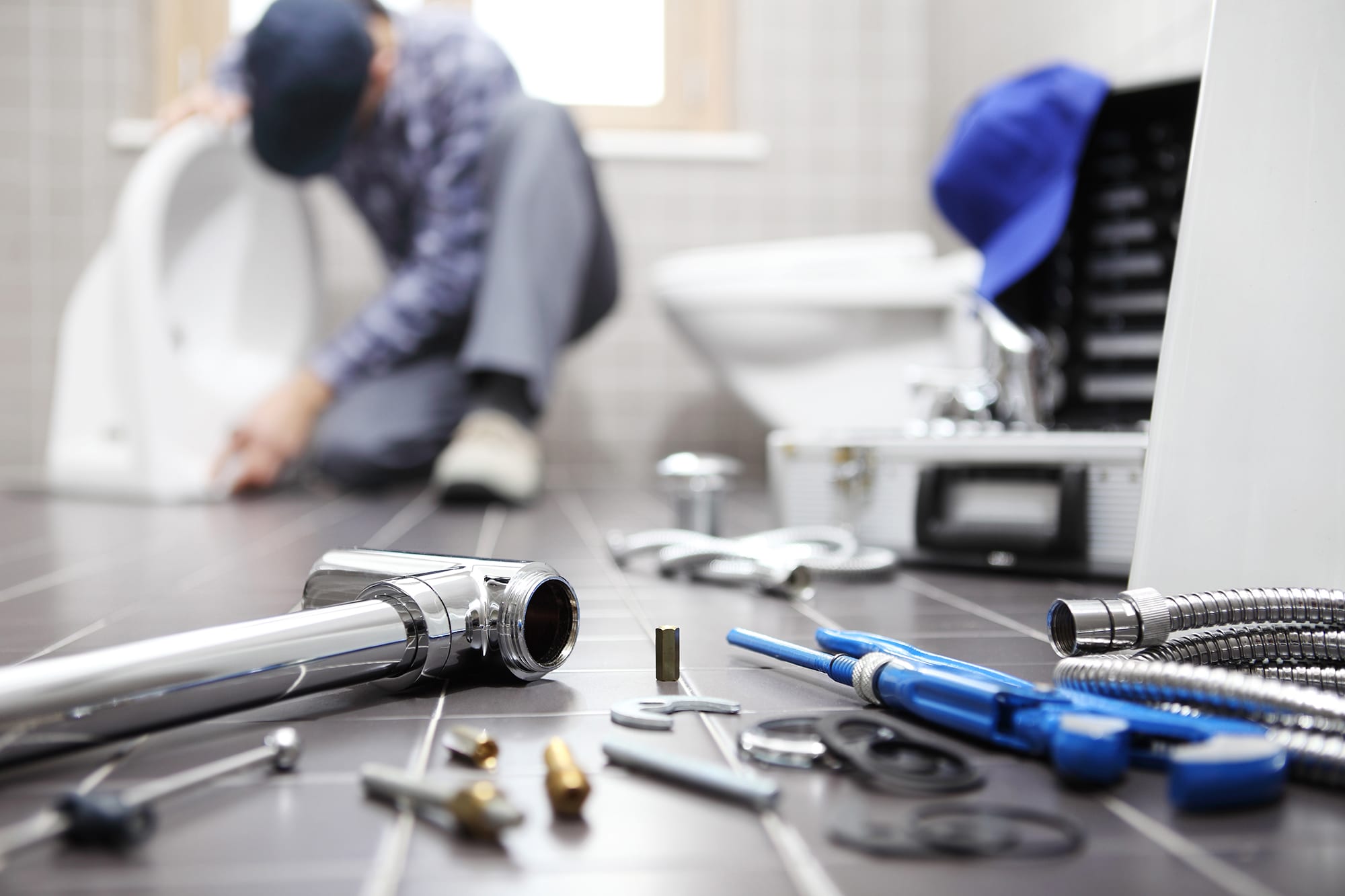1. How to Unclog a Kitchen Sink
Dealing with a clogged kitchen sink can be a frustrating and messy task. Not only does it disrupt your daily routine, but it can also cause unpleasant odors and potential plumbing issues if left untreated. However, with the right knowledge and tools, unclogging a kitchen sink can be a quick and easy fix. Follow these steps to learn how to unclog your kitchen sink and get your sink back to its normal, functional state.
2. DIY Kitchen Sink Unclogging Methods
If you're dealing with a minor clog, there are a few DIY methods that can help you unclog your kitchen sink. One easy way is to use a plunger. Simply place the plunger over the drain and push down and up a few times to create suction and dislodge the clog. You can also try using a mixture of hot water and dish soap to break down the clog. Pour a pot of boiling water down the drain followed by a few tablespoons of dish soap. Let it sit for a few minutes before running hot water down the drain.
3. Natural Ways to Unplug a Kitchen Sink
If you prefer to use natural methods to unclog your kitchen sink, there are a few options you can try. One popular method is using a mixture of baking soda and vinegar. Pour a cup of baking soda down the drain, followed by a cup of vinegar. Let it sit for a few minutes before flushing with hot water. The chemical reaction between the two ingredients can help break down the clog. You can also try using a combination of salt, baking soda, and cream of tartar. Mix equal parts of each ingredient and pour it down the drain, followed by hot water.
4. Using a Plunger to Unclog a Kitchen Sink
As mentioned earlier, a plunger can be a useful tool in unclogging your kitchen sink. However, it's essential to use the right type of plunger. A cup plunger, also known as a sink plunger, is best for unclogging sinks. This type of plunger has a flat bottom and a smaller, flatter cup compared to a regular plunger. It creates a seal around the drain, making it more effective in creating suction and breaking down the clog. Remember to cover the overflow drain with a wet cloth before using the plunger to ensure maximum suction.
5. Baking Soda and Vinegar Method for Unclogging a Kitchen Sink
The combination of baking soda and vinegar can be a powerful tool in unclogging your kitchen sink. The chemical reaction between the two ingredients can help break down and dislodge the clog. To use this method, pour a cup of baking soda down the drain, followed by a cup of vinegar. Let it sit for a few minutes before flushing with hot water. You may need to repeat this process a few times for stubborn clogs.
6. How to Use a Drain Snake to Unplug a Kitchen Sink
If you have a stubborn clog that can't be removed with a plunger or natural methods, using a drain snake may be your best option. This tool, also known as a plumber's snake, is a long, flexible wire with a corkscrew-like end. To use a drain snake, insert the end into the drain and twist it while pushing it down the drain. This motion can help dislodge and remove the clog. Once you've cleared the clog, run hot water down the drain to flush out any remaining debris.
7. Common Causes of a Clogged Kitchen Sink
To prevent future clogs, it's essential to understand the common causes of a clogged kitchen sink. One of the most common culprits is food debris. Grease, oils, and food particles can build up in your pipes and cause clogs. To avoid this, make sure to scrape your dishes and dispose of any food scraps in the trash before washing them in the sink. Also, avoid pouring grease or oil down the drain, as they can solidify and block your pipes.
8. Tips for Preventing a Clogged Kitchen Sink
In addition to being mindful of what you put down your kitchen sink, there are a few other steps you can take to prevent clogs. Installing a mesh strainer over your drain can help catch food particles before they go down the drain. It's also essential to clean your sink regularly and run hot water down the drain after each use to help prevent the build-up of grease and oils. Additionally, avoid using harsh chemical drain cleaners, as they can damage your pipes and be harmful to the environment.
9. Professional Plumbing Services for Unclogging a Kitchen Sink
If you've tried all the DIY and natural methods and still can't unclog your kitchen sink, it may be time to call a professional plumber. They have the tools and expertise to remove even the most stubborn clogs and can also identify and fix any underlying plumbing issues that may be causing recurrent clogs.
10. How to Troubleshoot a Persistent Clog in Your Kitchen Sink
If your kitchen sink keeps getting clogged, it may be a sign of a more significant plumbing issue. In this case, it's best to troubleshoot the problem to determine the cause. Using a drain camera, a plumber can inspect your pipes and identify any underlying issues, such as tree root intrusion or a damaged pipe, that may be causing recurrent clogs. This way, you can address the root cause of the problem and prevent future clogs.
In conclusion, unclogging a kitchen sink may seem like a daunting task, but with the right knowledge and tools, it can be a manageable and quick fix. Remember to use the correct plunger, try natural methods, and be mindful of what you put down your sink to prevent future clogs. And if all else fails, don't hesitate to call a professional plumber for assistance. By following these tips, you can keep your kitchen sink functioning properly and avoid any plumbing headaches in the future.
Why Unplugging Your Kitchen Sink is Essential for a Functional and Beautiful Kitchen

A Clogged Sink Can Ruin Your Kitchen Design
 When it comes to designing a beautiful and functional kitchen, every detail matters. From the color scheme to the layout, everything should work together seamlessly. However, one thing that often gets overlooked is the kitchen sink. A clogged sink can not only be a nuisance, but it can also disrupt the flow and design of your kitchen. That's why it's important to regularly unplug your kitchen sink.
When it comes to designing a beautiful and functional kitchen, every detail matters. From the color scheme to the layout, everything should work together seamlessly. However, one thing that often gets overlooked is the kitchen sink. A clogged sink can not only be a nuisance, but it can also disrupt the flow and design of your kitchen. That's why it's important to regularly unplug your kitchen sink.
Prevent Unpleasant Odors
 Nobody wants their kitchen to smell like rotting food or dirty water. But when your sink is clogged, food scraps and debris can get stuck and start to decompose, creating an unpleasant odor. This not only makes your kitchen less inviting, but it can also be a health hazard. By regularly unplugging your kitchen sink, you can prevent these odors from developing and keep your kitchen smelling fresh.
Nobody wants their kitchen to smell like rotting food or dirty water. But when your sink is clogged, food scraps and debris can get stuck and start to decompose, creating an unpleasant odor. This not only makes your kitchen less inviting, but it can also be a health hazard. By regularly unplugging your kitchen sink, you can prevent these odors from developing and keep your kitchen smelling fresh.
Protect Your Plumbing System
 A clogged kitchen sink can also lead to bigger plumbing problems. When food and debris get stuck in your pipes, they can cause blockages and even damage your plumbing system. This not only leads to expensive repairs, but it can also disrupt your daily routine. By regularly unplugging your sink, you can avoid these issues and keep your plumbing system functioning properly.
A clogged kitchen sink can also lead to bigger plumbing problems. When food and debris get stuck in your pipes, they can cause blockages and even damage your plumbing system. This not only leads to expensive repairs, but it can also disrupt your daily routine. By regularly unplugging your sink, you can avoid these issues and keep your plumbing system functioning properly.
Improve the Aesthetics of Your Kitchen
 A clogged sink can be an eyesore in an otherwise beautiful kitchen. It can also make it difficult to clean dishes and keep your kitchen looking tidy. By regularly unplugging your sink, you can maintain a clean and visually appealing kitchen. This small step can make a big difference in the overall design and feel of your kitchen.
A clogged sink can be an eyesore in an otherwise beautiful kitchen. It can also make it difficult to clean dishes and keep your kitchen looking tidy. By regularly unplugging your sink, you can maintain a clean and visually appealing kitchen. This small step can make a big difference in the overall design and feel of your kitchen.
How to Unplug Your Kitchen Sink
 Now that you understand the importance of unplugging your kitchen sink, it's important to know how to do it properly. One effective method is to use a plunger to create suction and dislodge any clogs. You can also use a mixture of hot water and baking soda or vinegar to break down any food or debris that may be causing the clog. Regularly cleaning out the drain stopper and disposing of food scraps in the trash can also help prevent clogs.
In conclusion, an unplugged kitchen sink is essential for a functional and beautiful kitchen. Not only does it prevent unpleasant odors and protect your plumbing system, but it also improves the aesthetics of your kitchen. By following these tips and regularly unplugging your sink, you can ensure that your kitchen is always in top shape.
Now that you understand the importance of unplugging your kitchen sink, it's important to know how to do it properly. One effective method is to use a plunger to create suction and dislodge any clogs. You can also use a mixture of hot water and baking soda or vinegar to break down any food or debris that may be causing the clog. Regularly cleaning out the drain stopper and disposing of food scraps in the trash can also help prevent clogs.
In conclusion, an unplugged kitchen sink is essential for a functional and beautiful kitchen. Not only does it prevent unpleasant odors and protect your plumbing system, but it also improves the aesthetics of your kitchen. By following these tips and regularly unplugging your sink, you can ensure that your kitchen is always in top shape.





:max_bytes(150000):strip_icc()/how-to-unclog-a-kitchen-sink-2718799_sketch_FINAL-8c5caa805a69493ab22dfb537c72a1b7.png)

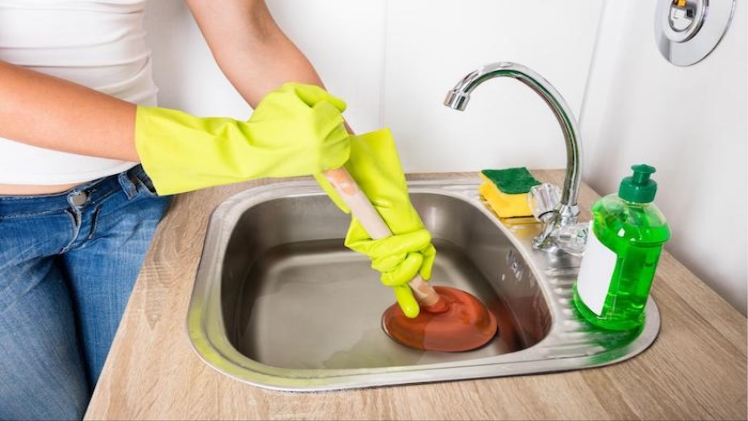

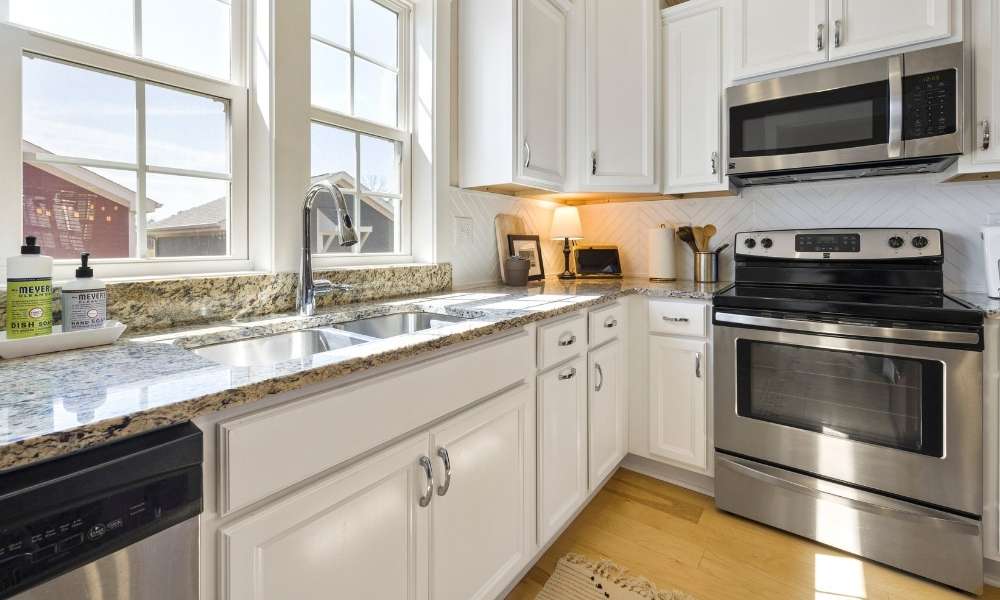


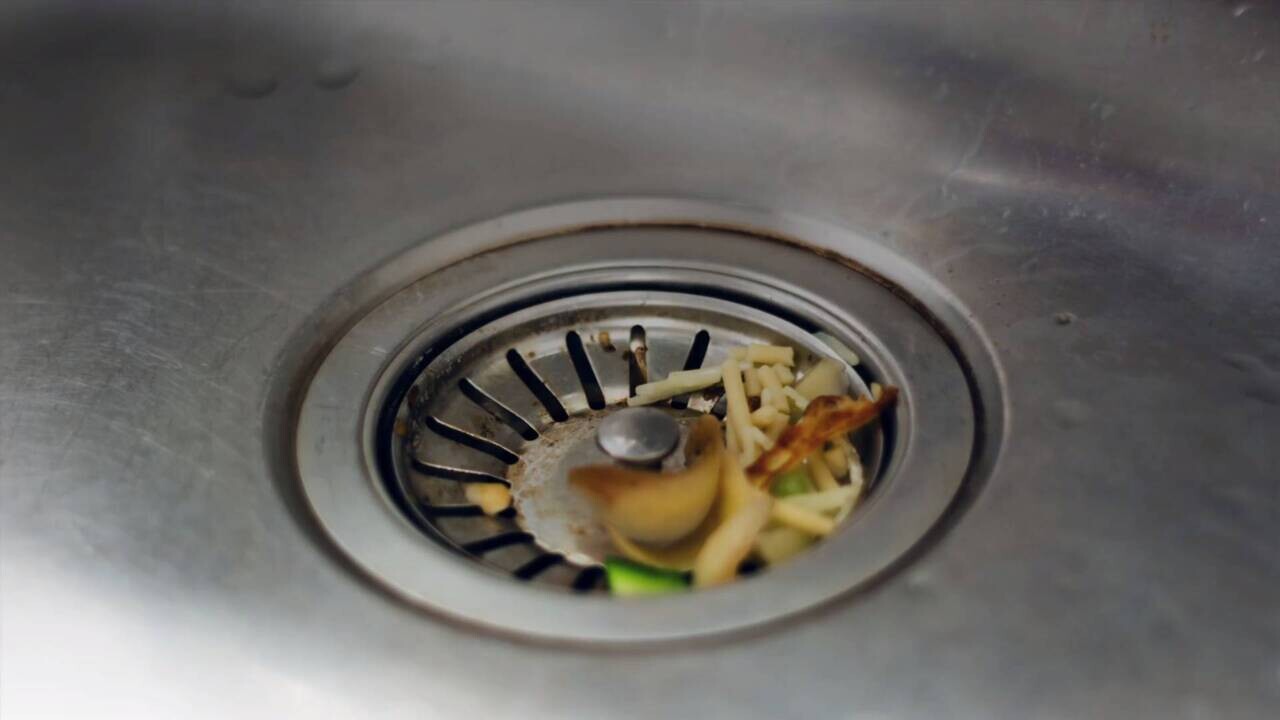


































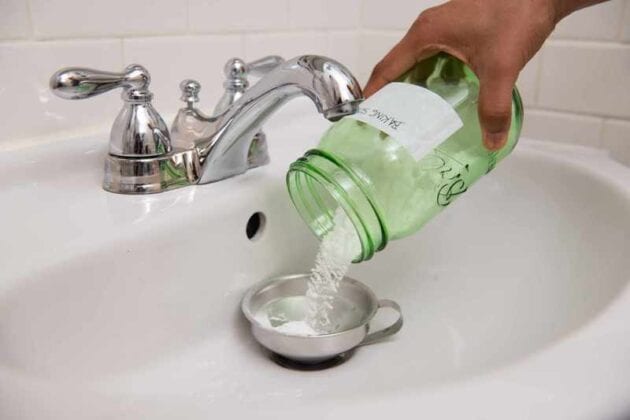


:max_bytes(150000):strip_icc()/freshen-and-unclog-drain-with-baking-soda-1900466-22-bbf940b70afa4d5abef0c54da23b1d3f.jpg)









/DrainSnake-c4efd6c0f57e4994a171a4b2f2463059.jpg)






















